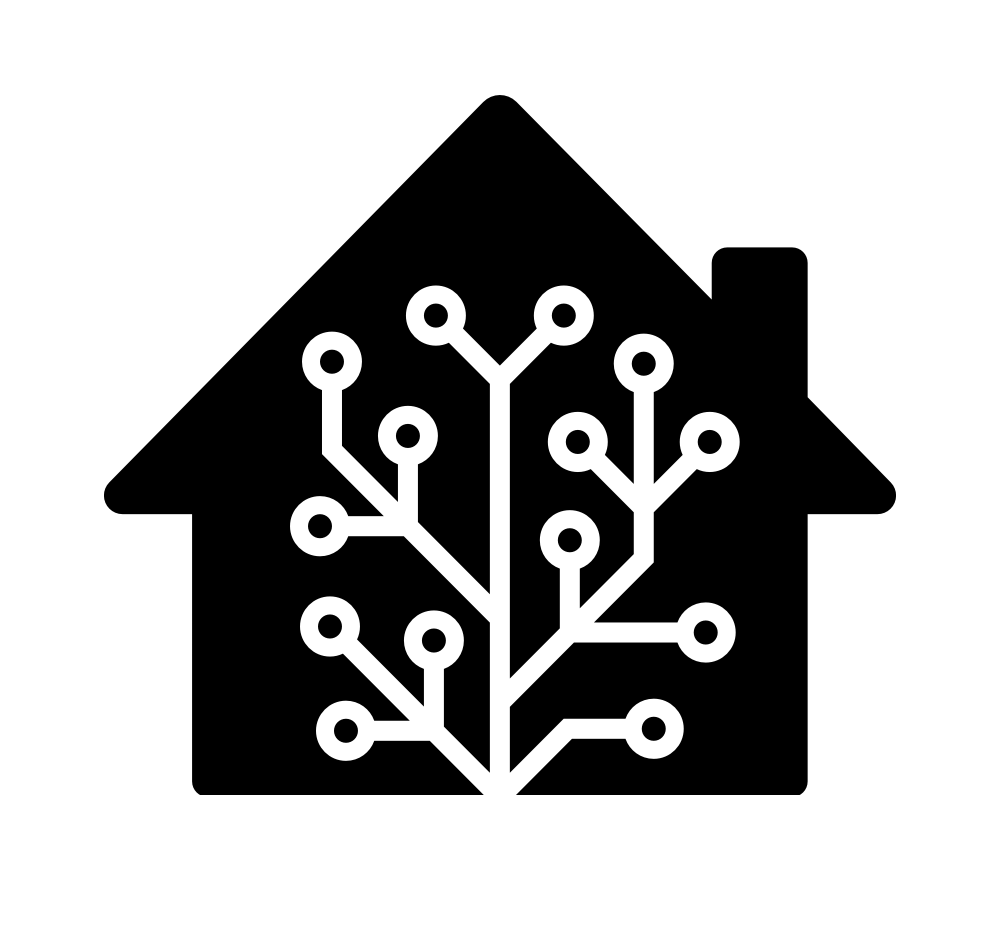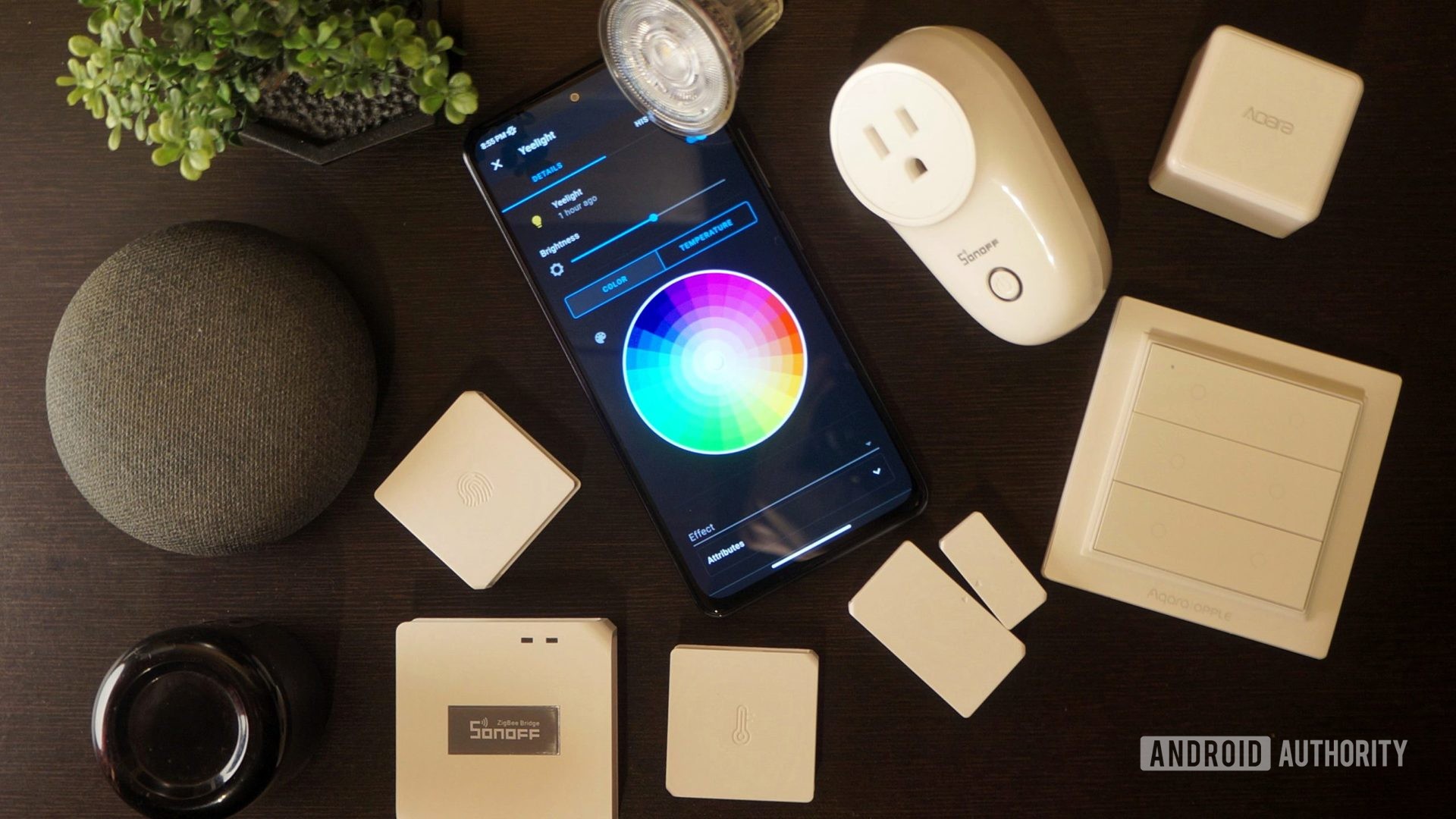- cross-posted to:
- homeassistant@lemux.minnix.dev
- cross-posted to:
- homeassistant@lemux.minnix.dev
While my home is admittedly a lot smarter now, it was a hard-fought battle. With dozens of standards, brands, and even communication protocols, getting a cohesive experience is hard — even for a tech enthusiast.
While I can’t distill all of my journeys, I can save you from having to go down some particularly treacherous rabbit holes. To that end, here are five lessons I learned from building my own smart home that might help you build your own automated paradise.
Found this while looking for something else, but thought I’d throw it in. What words of wisdom can you home automation veterans offer to help those just starting out?



Interesting. As a lot of people are excited about Threads/Matter, you are going in the opposite direction.
What are the advantages? What kit do you need?
I don’t want my sensors to be network addressable.
There is no need. Sensors and devices, for me at least, should be entirely local.
I put a transceiver on my hub for the protocol, then talk to them via that.
If I want to access it remotely, it means I’m only having to firewall/harden one device, rather than every lightbulb, switch, and fridge trying to phone home.
I also like to keep my kit off of 2.4Ghz (zigbee comes in multiple flavours, one of which is 868MHz), as those bands are absolutely clogged around me.
Edit: Also, part of it for me is longevity. If the products I buy will talk to 3rd party transceivers I already have, and the FOSS community is able to connect it to wider systems, the manufacturer could go bankrupt tomorrow, but my doorbell would still work. If everything has to go via their servers (cough cough, avenue for recurring revenue), you’re completely beholden to them keeping things online.